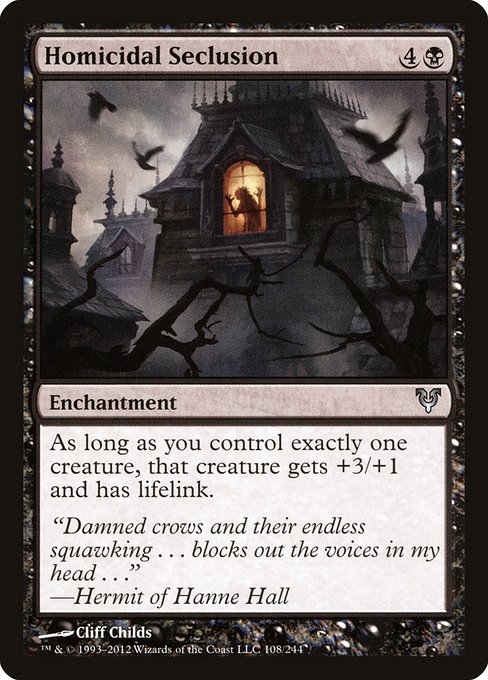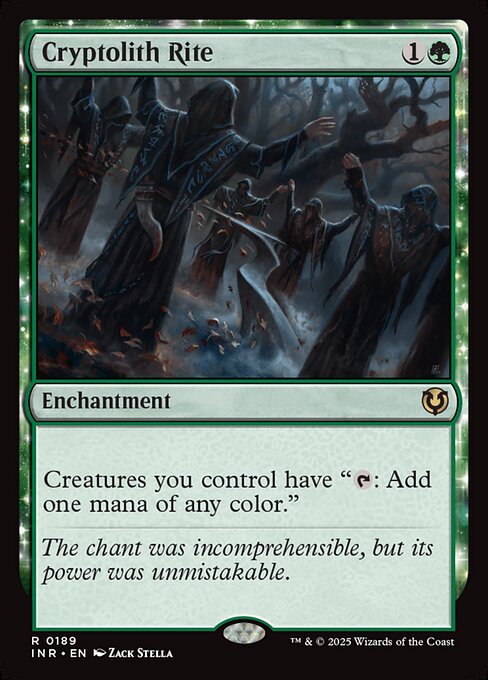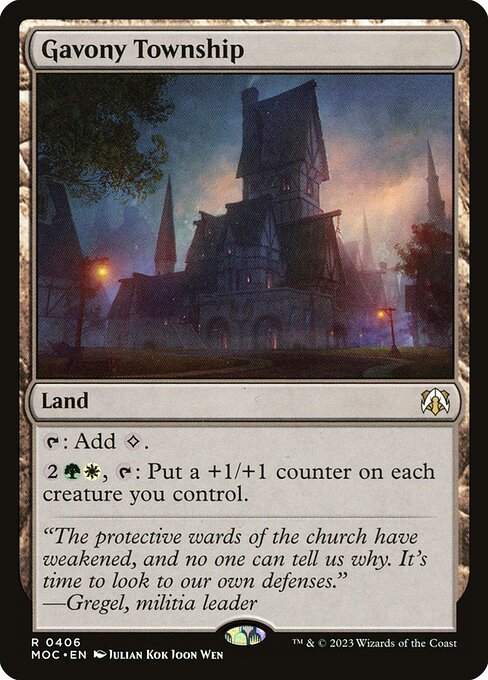You’ve been stranded before. Where you don’t speak the language well enough to get through a social conversation. You recognize familiar architecture from film, but it’s disorienting and domineering in person. Everyone you pass either bounces their eyes off you or rolls them after you. This can happen so many ways. Maybe you were studying abroad and went out a museum on edibles and emerged into an alien twilight. Maybe you went to a bar where everyone knew each other already. Maybe you found the cherished artifact of someone long gone. Maybe all you have to do is go baxk to your hotel and sleep. Maybe you’ll leave quietly and ignore the eyes that track your progress to the doorway. Maybe you’ll realize someone is twelve feet behind, perfectly matching your pace.
This is folk horror: built around cosmic social anxiety, where your fears of not belonging are externalized and made manifest by the society around you. Something huge sleeps in the earth and shapes the culture around it; now you, the outsider, have awoken it with your clumsy tread. Adam Scovell, writing back in 2016, describes folk horror as “the evil under the soil, the terror in the backwoods of a forgotten lane, and the ghosts that haunt stones and patches of dark, lonely water.” But folk horror is also about the society surrounding this hidden evil, and about what happens to those who enter its domain. Dawn Keetley’s piece in Revenant Journal is an invaluable synopsis as well.

There’s a strong British folk horror tradition, as the format generally involves paganism, repression, and historical atrocities, which Britain is lousy with. Indeed, the term “folk horror” was popularized by British actor and Doctor Who writer Mark Gatiss. British folk horror extends beyond 1970’s pagan-sploitation: Edgar Wright’s Hot Fuzz is a comedic take on the British folk horror film, British director Ben Wheatley’s A Field in England is psychedelic folk horror, and British splatterpunk author Clive Barker returns to the genre frequently in stories like “Rawhead Rex” and “The Midnight Meat Train.” Even Gatiss’s surrealist comedy League of Gentlemen has strong elements of folk horror, where the audience is the visitor to the perverse village of Royston Vasey.
Scholar of the form Adam Scovell traces the origin of folk horror back to three British films: The Wicker Man (1973), Witchfinder General/The Conqueror Worm (1968), and The Blood on Satan’s Claw (1971). While folk horror dates a bit before—and can easily be connected to folklore that has been around for literal millennia—these films solidified the folk horror aesthetics and tropes in the British tradition—that is, one with an imperial tradition dating back to the Romans and easily-accessed but insular rural communities. Britain is small, but it’s deeply crenellated, and those cavities breed Sawney Beanes and druidic cults.

In its own way, the reactionary nature of folk horror—beware the strangers, avoid the pagans, stick close to your home and your way of life, or be punished for it—is where the real horror emerges. Folk horror is essentially a fairy tale—an instructive fable designed to keep the audience close to their homeland and mistrustful of non-Christian traditions—but with a nastier, more direct twist at the end.
Note that folk horror is different from the Southern Gothic tradition, which generally involves a revelation of a secret or crime over the course of generations, or from cosmic and weird fiction, which often involves extraterrestrial or interdimensional horrors. There’s a lot of shared material, though—Lovecraft’s “The Shadow Over Innsmouth” is basically a folk horror story.
Folk horror is unique, though, in that horrific acts happen in full daylight. Folk horror is a jovial community leader draping flowers around your neck and sticking the knife in your belly; it’s the blissful smile on the true believer as she plummets to her death. Horror shocks most when it’s done in the sunlight. While Scovell depicts folk horror as being born of the soil, it’s also born in the sun. The Gothic tradition hides in the shadows and grapples with generational trauma; the folk horror tradition lies in the light of day and deals with imperial trauma in sun-soaked fields and dappled copses.

When Innistrad was released a decade ago, it was presented as Humans versus the world. Mark Rosewater spoke about the original design of Innistrad, where Humans were cast as the victims. It felt very much like the intrusion of the monstrous world into the human world, particularly once Dark Ascension ramped up that tension. Our return to Innistrad in 2016 was a different kind of intrusion, where otherworldly horror came to the human and monstrous worlds in the form of an Eldrazi Titan. Since this eldritch incursion was from a being more powerful than anything found on Innistrad, it couldn’t recreate that sense of unease we get from folk horror. Folk horror is small—it involves small villages, small countries, and the vastness of the universe outside those small clans.
Now, as we return to Innistrad for the third time, it feels blessedly smaller and requires less introduction. We’re more comfortable with its tribal pairs, which have remained unchanged for a decade. We know that Emrakul is slumbering in the moon, and no matter how dark it may feel as we arrive, we have a vampiric shindig coming in just a few months. So the horror of Innistrad will have to come from elsewhere. Luckily, Wizards have done their research into folk horror and have adapted it to the spookiest plane.

To me, an anxiety golem, the only worse feeling than feeling unwelcome is feeling too readily welcomed—the false introductory grins of the partner’s family, the “oh no, you have to stay!” etiquette duel with bosses, the abundance of food and libations that you can’t pay for and hope the credit card game breaks your way. Folk horror gets these anxieties. It knows that it’s great to be king, but it’s concerning the way people are talking about you being “king for a day.” So when we find ourselves in Kessig just in time for the harvest festival, with werewolves stalking the countryside and Avacyn gone, it’s clear that these are related. The humans of Innistrad, in trying to preserve their lives and culture, have turned to “older, and perhaps darker, forms of magic to stave off the onslaught.”
It’s hard to imagine a more perfect Magic way to tie folk horror into the game than in Wrenn’s line in this week’s story. “Not everything on Innistrad is visible,” said Wrenn. “The soil does not encourage the dead to rest.” Per Scovell, the horror of folk horror is born of the soil, from the overlay of atrocities that empire drapes over raw earth. Innistrad is nothing if not a plane of horrors. Wrenn is being literal in her quote—the unquiet dead are always near in Innistrad—but it suggests something larger, something more folkloric and instructive.

Right now, one week into Midnight Hunt previews, the festival is in full swing. The bonfire’s blazing, the acrobats are stunning the crowd, the mulled wine is steaming in the cauldron, and all is right within the circle of celebrants—even if the night is dark behind the proscenium of trees. But the thing is: festivals end, seasons peak, and the gods always demand the sacrifice due to them. Innistrad’s diurnal cycle has been disrupted, its werewolves have gone feral in the darkness, and the pact that the citizens of Innistrad’s more civilized corners seems disturbingly open-ended.
As we weather a pandemic, its associated economic upheaval, and the accelerating effects of climate change, we see just how fragile our social bonds are. Horrors lie ahead, we’re realizing, and folk horror is how we tie the oncoming horrors of the future to the horrors of our shared past. In the moment, though, we can stand in the ring of the firelight, stein full of cider in one hand, caramel apple in the other, watching the festivities and ignoring the sidereal glints of eyes in the underbrush.
A lifelong resident of the Carolinas and a graduate of the University of North Carolina, Rob has played Magic since he picked a Darkling Stalker up off the soccer field at summer camp. He works for nonprofits as an educational strategies developer and, in his off-hours, enjoys writing fiction, playing games, and exploring new beers.

